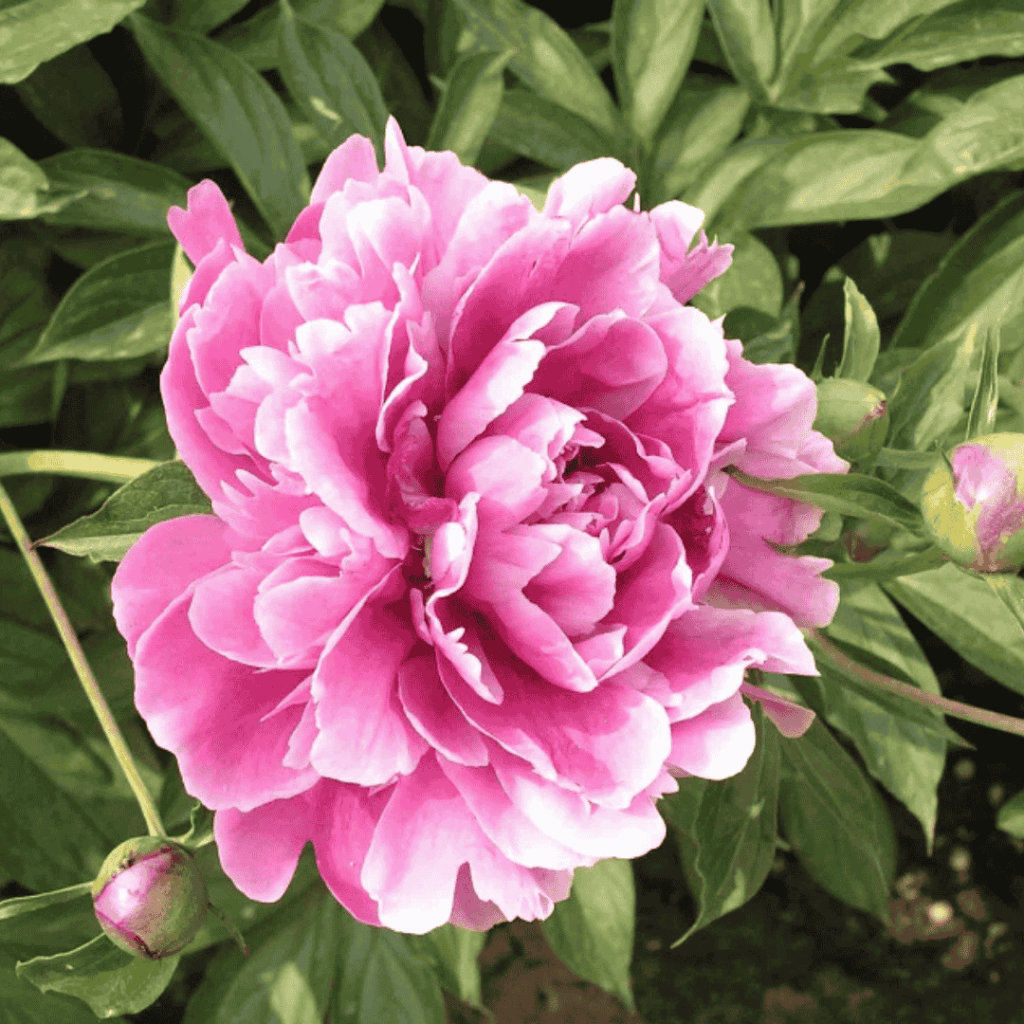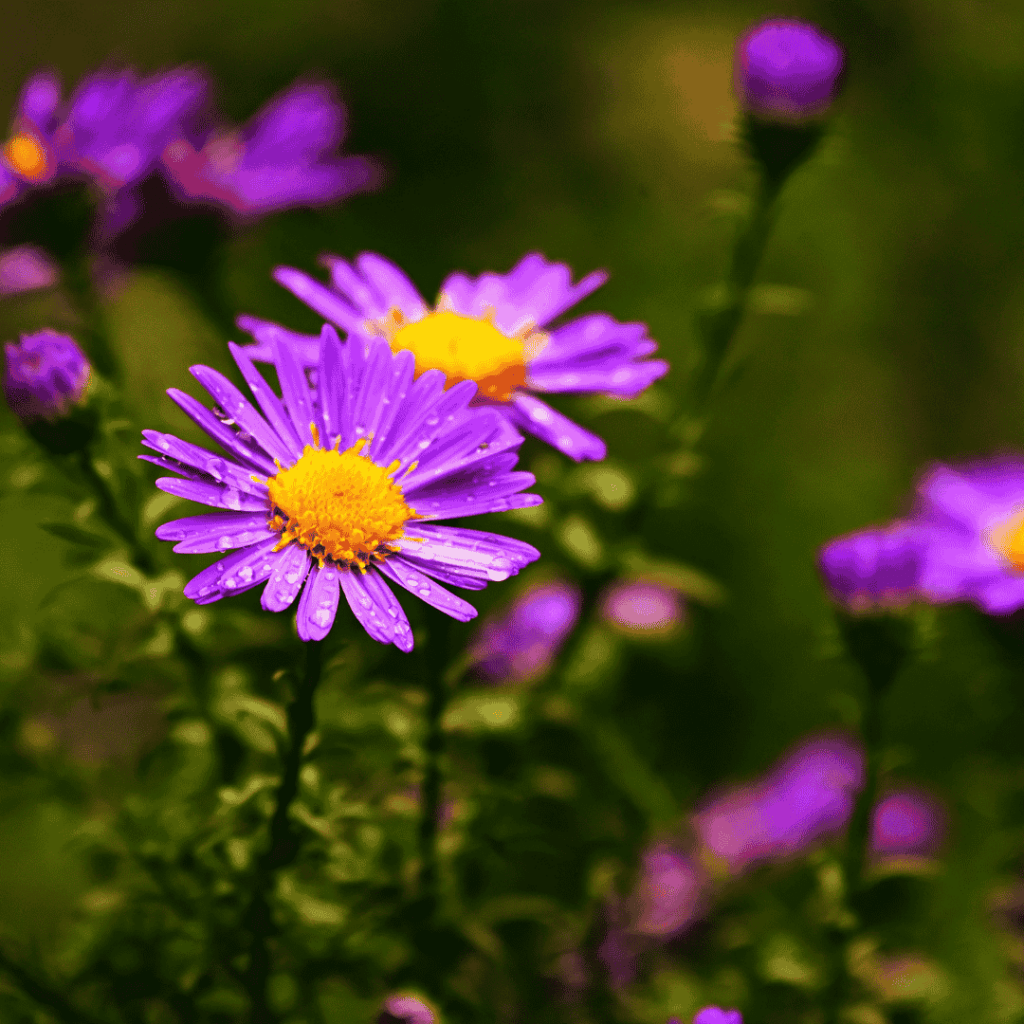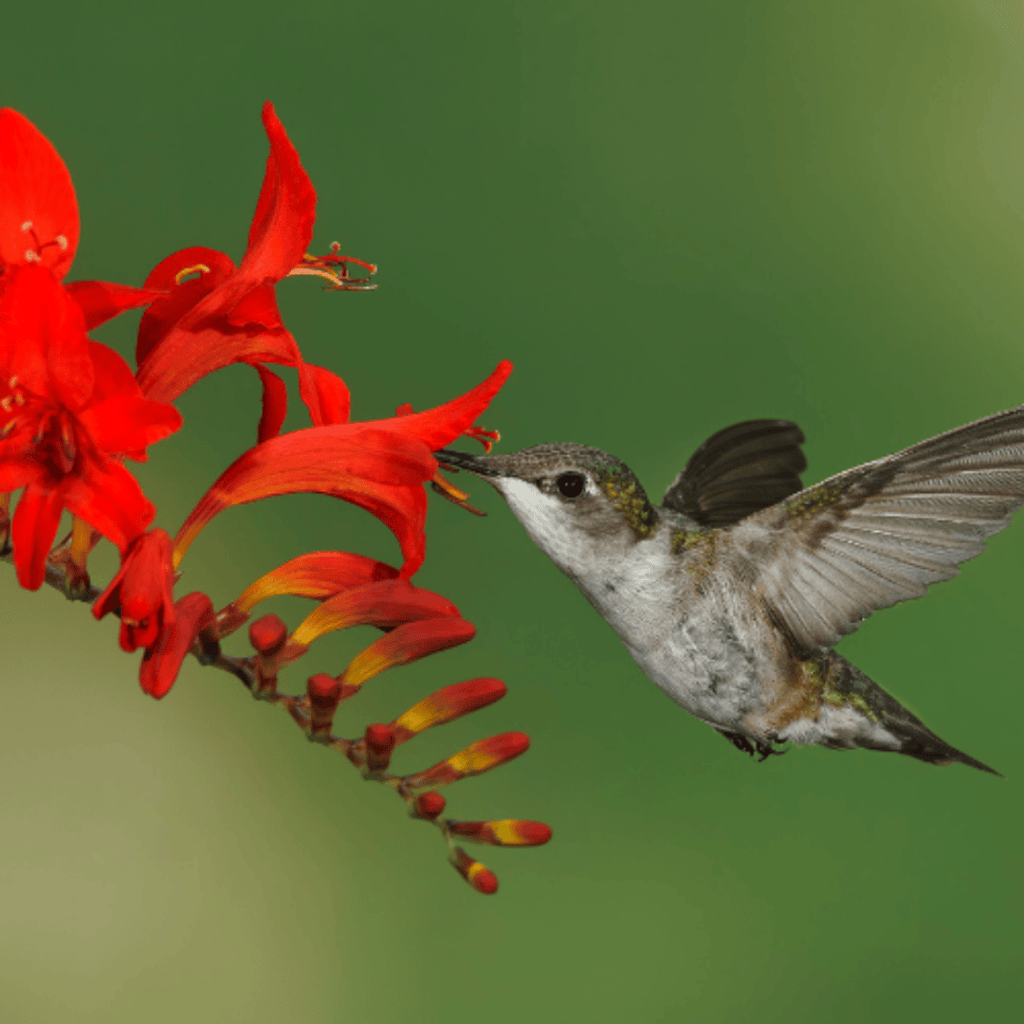Asclepias
Asclepias is more commonly known as milkweed! A weed however, it most certainly is not! This perennial boasts a gorgeous bouquet of brilliantly colored teeny tiny star shaped flowers on every stem. For pollinator gardens this perennial is a must have. This flower draws the attention of bees, hummingbirds and many types of butterfly. They are an important plant for the Monarchs. They are able to utilize milkweed at every stage of their life. The adult Monarchs will use Asclepias as a host plant for their larvae by laying eggs on the underside of the leaves. When the eggs hatch the larvae can immediately feed off of the leaves without causing long term damage to the plant. After feasting on the plant the caterpillars and adult butterfly will ingest enough of the toxic milky sap inside of the plant that they become much less appetizing to predators. Milkweed is for Monarchs just like a one stop shop appearing on the side of the road when the whole family is whining in the car for food. Their journey is a long one as you can see in the map below. They travel from the northern stretches of our country to Mexico every year! That would make anyone hungry!
Milkweed can be tricky to get established. While hardy in our zone, a harsh or especially dry winter can take a toll on this perennial. As a later summer bloomer milkweed can often be overlooked or assumed as dead in the early spring months when we are expecting to see new growth. In a hand watered garden it is important to mark where you planted seeds so that you can get them the water they need to emerge. It may also take reseeding your milkweed for a few seasons to really get a good patch going. We also recommend planting different varieties and sizes. Narrow leaf, heart leaf and showy are the three varieties that will grow best here in Central Oregon. If you can plant seeds, 4″ containers and one gallon plants this year you will better ensure that next year your flowers will be in good supply for our Monarchs. Be patient though because it can also take a few seasons of having a robust milkweed section in your garden before the Monarchs add your garden on their preferred dining list.
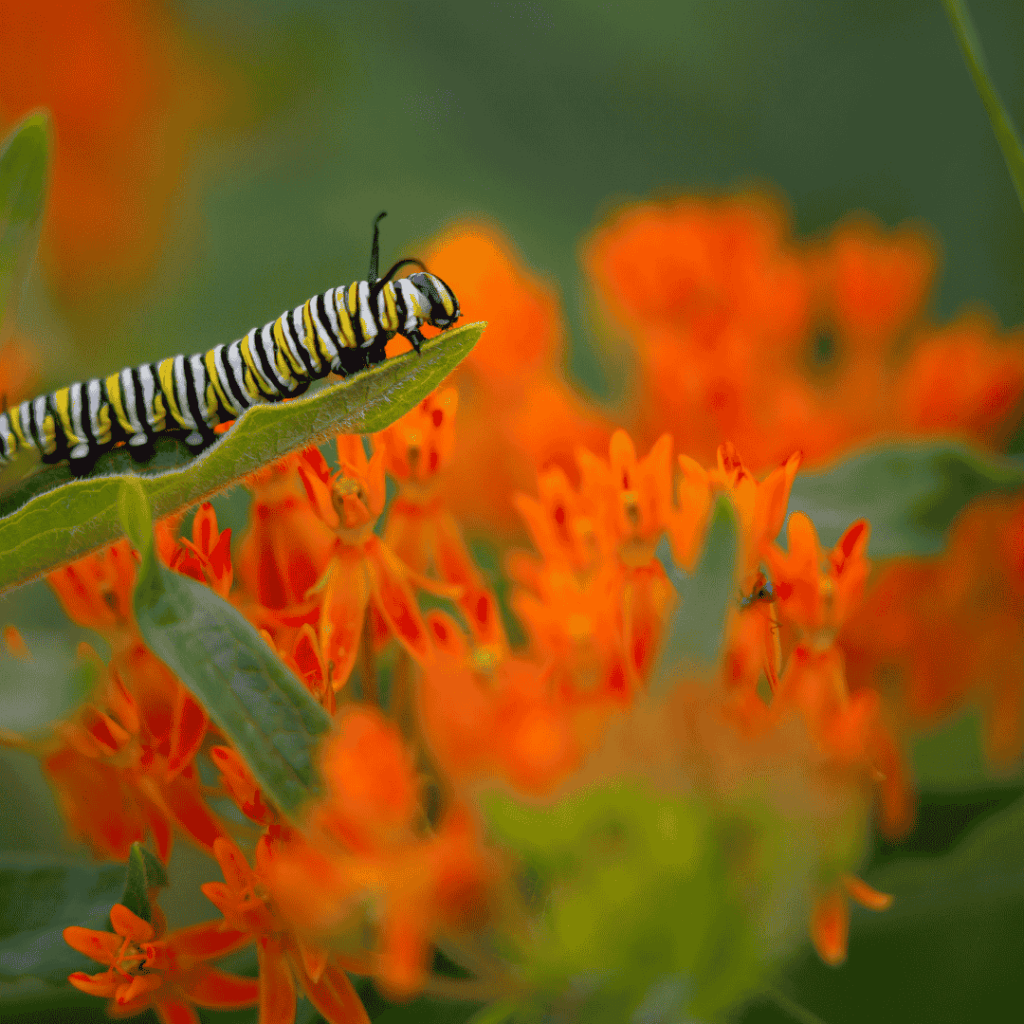
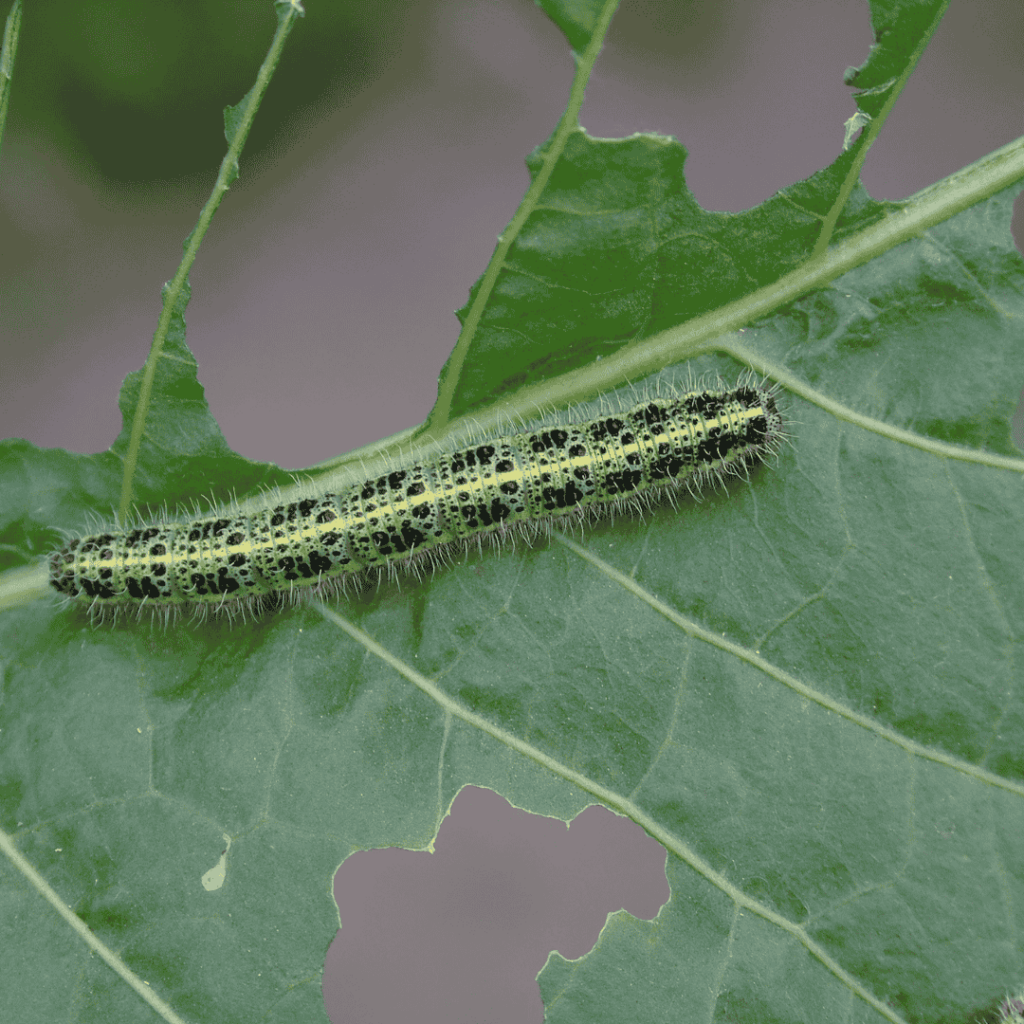
It can be good to familiarize yourself with the many different caterpillars commonly found in the garden so that you don’t mistake a future Monarch for a true garden pest in it’s caterpillar phase. At a quick glance the caterpillar of a Monarch (left) might be mistaken as that of the Large White Butterfly (right) if you don’t look close enough. If you spot the all green cabbage loopers or Small White Butterfly mowing down your Brassica plants (cabbage, broccoli, kale etc) be careful with your treatment since many chemicals will be just as harmful to our desired caterpillar friends. If you are looking for a good guide book this season you can find it here! Buddy Mays is a local here in Bend who has put together this fantastic book with engaging information and high-quality photographs that make it easy to use in the field. Stop in to support your local nursery, authors and pollinators all in one transaction!
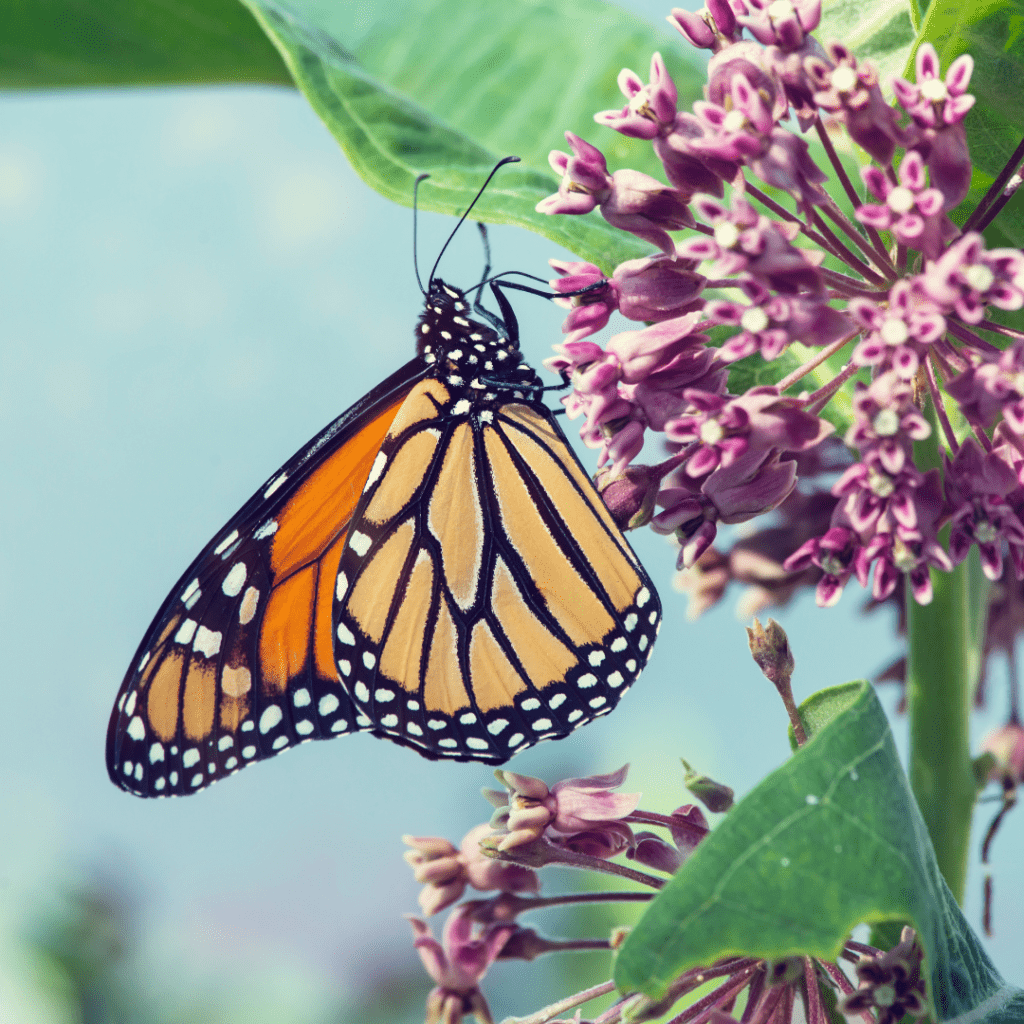
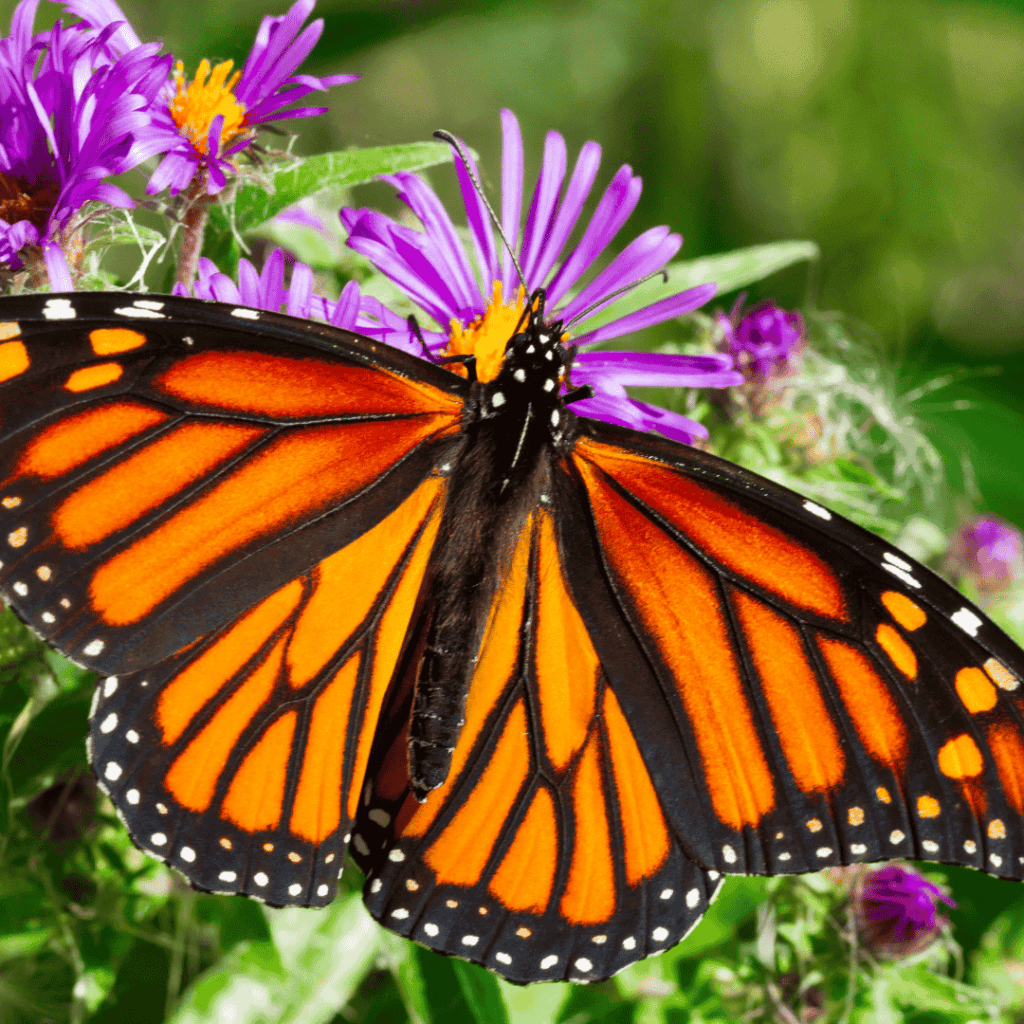
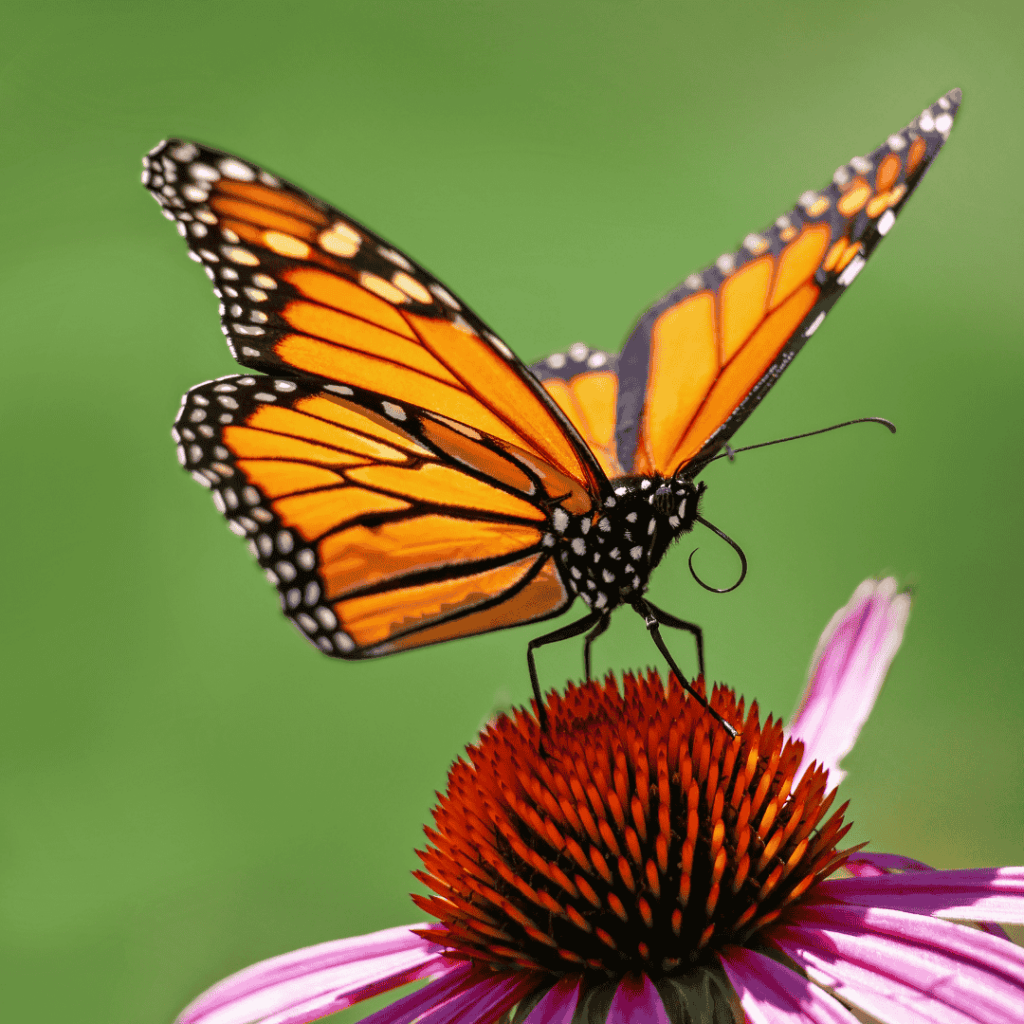
If you want to be the pollinator host of all time, consider adding milkweed and these other flowering perennials and shrubs to your yard. And be sure to check out our full pollinator guide!
- Hyssop
- Blue beard
- Fireweed
- Yellow rabbitbrush
- Rocky mountain beeplant
- Blanket flower
- Aster
- Echinacea
- Sunflower
- Woods rose

